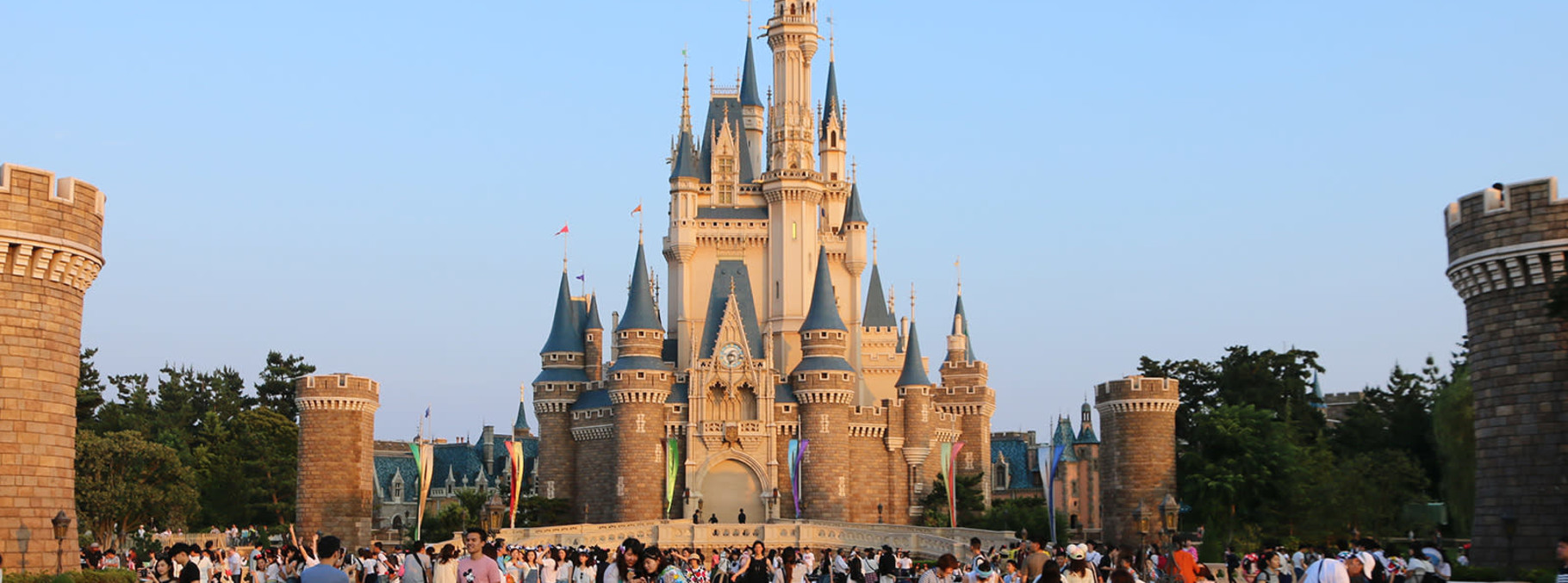Jomyo-ji


(Source: pixta)
Traditional Karesansui Garden
There is a Karesansui-style Japanese garden in the precinct. It is far from big, but Karesansui is a traditional style of Japanese garden that is a water-less garden where landscape scenery is expressed with rocks and sand. Enjoy the beauty of the garden that has been cherished over generations.

(Source: 平成 徒然紀行・追憶から新しい旅へ)
Main Hall with Massive Roof
The main hall of Jomyo-ji stands at the end of the stone path stretching out from the gate. The roof is symmetrical and finished with copper tiles. The uniquely curved shape of this roof is called “mukuri.” The copper roof’s gentle, curved shape looks stunning. The plum trees in front of the main hall blossoms with lovely red and white flowers in February.

(Source: pixta)
Kisen-an
The tea house “Kisen-an” is in the premises of Jomyo-ji. The Japanese sweets served with green tea is made by Kamakura’s famous confectionery “Misuzu” and customers can choose between fresh sweets and dry ones. Forget the time and enjoy some relaxed, therapeutic moments at this tea house overlooking Karesansui outside.

(Source: pixta)
Ishigama Garden Terrace
Unlike all other Japanese-style buildings in Jomyo-ji, Ishigama Garden Terrace is a restaurant in a renovated 90-year-old western-style building. There is an English-style garden in front of the restaurant. They serve dishes made with local vegetables in Kamakura and homemade bread freshly out of their stone oven.

(Source: 毛糸玉工房)

(Source: pixta)
Traditional Karesansui Garden
There is a Karesansui-style Japanese garden in the precinct. It is far from big, but Karesansui is a traditional style of Japanese garden that is a water-less garden where landscape scenery is expressed with rocks and sand. Enjoy the beauty of the garden that has been cherished over generations.

(Source: 平成 徒然紀行・追憶から新しい旅へ)
Main Hall with Massive Roof
The main hall of Jomyo-ji stands at the end of the stone path stretching out from the gate. The roof is symmetrical and finished with copper tiles. The uniquely curved shape of this roof is called “mukuri.” The copper roof’s gentle, curved shape looks stunning. The plum trees in front of the main hall blossoms with lovely red and white flowers in February.

(Source: pixta)
Kisen-an
The tea house “Kisen-an” is in the premises of Jomyo-ji. The Japanese sweets served with green tea is made by Kamakura’s famous confectionery “Misuzu” and customers can choose between fresh sweets and dry ones. Forget the time and enjoy some relaxed, therapeutic moments at this tea house overlooking Karesansui outside.

(Source: pixta)
Ishigama Garden Terrace
Unlike all other Japanese-style buildings in Jomyo-ji, Ishigama Garden Terrace is a restaurant in a renovated 90-year-old western-style building. There is an English-style garden in front of the restaurant. They serve dishes made with local vegetables in Kamakura and homemade bread freshly out of their stone oven.

(Source: 毛糸玉工房)





